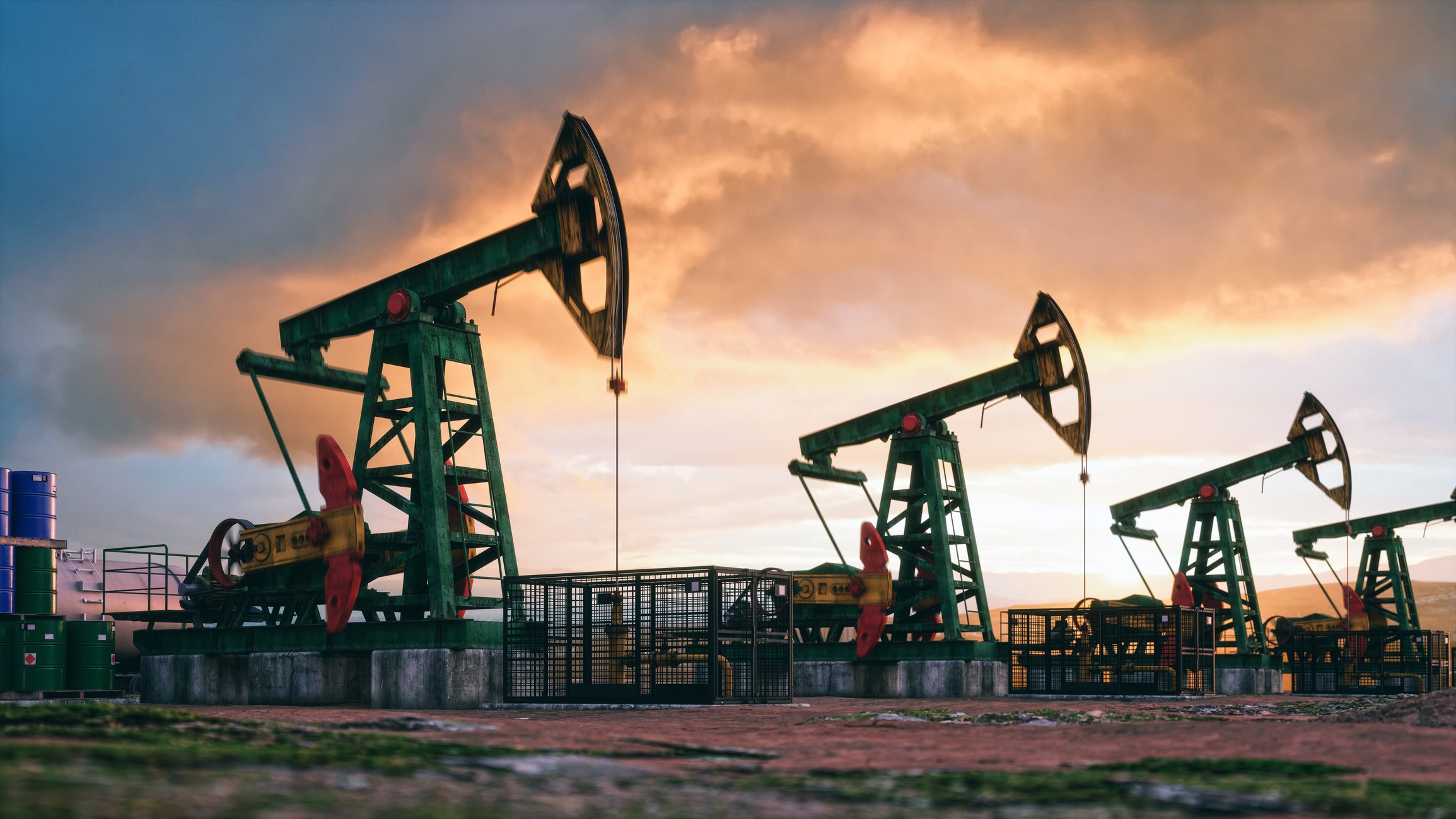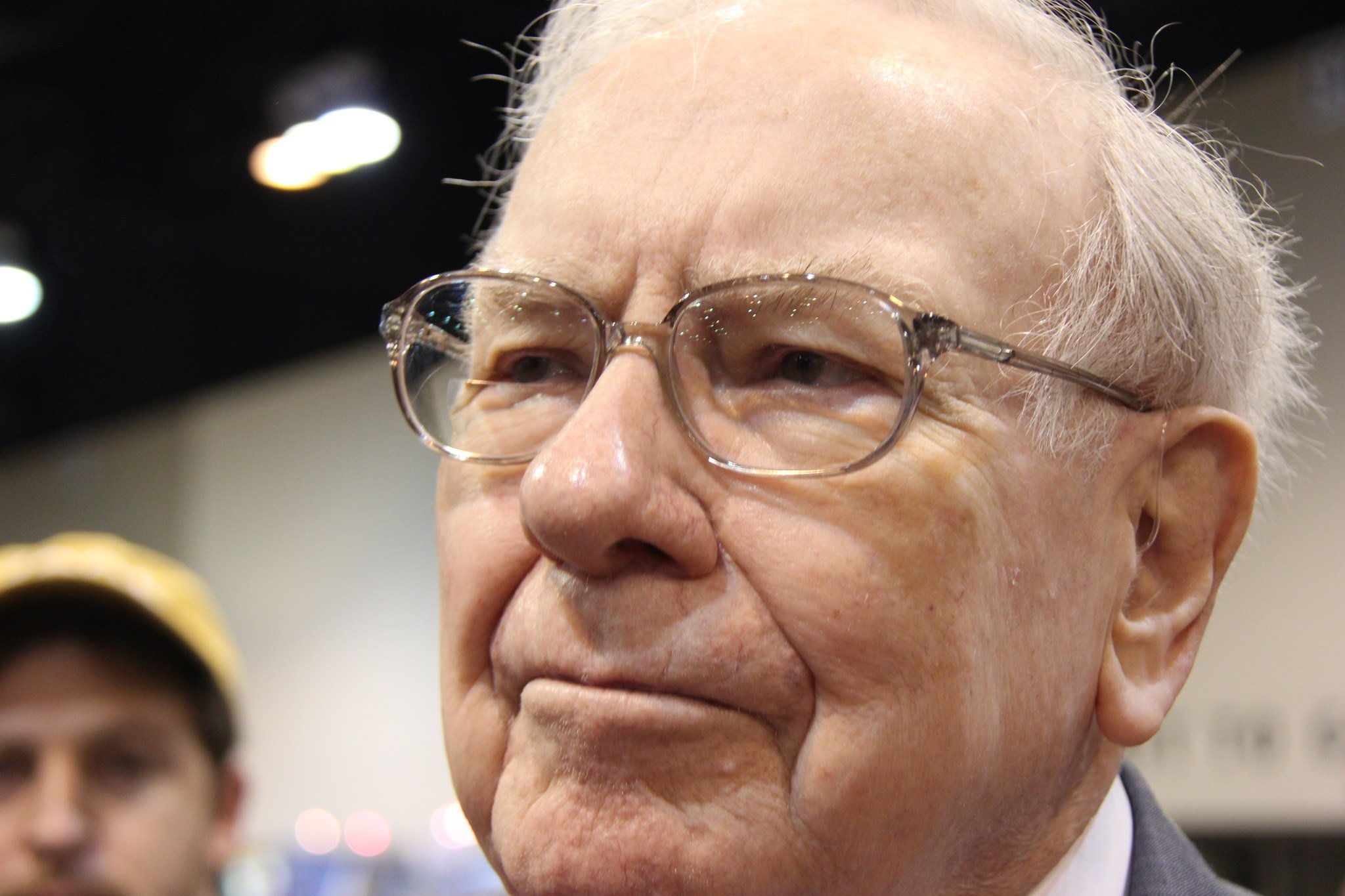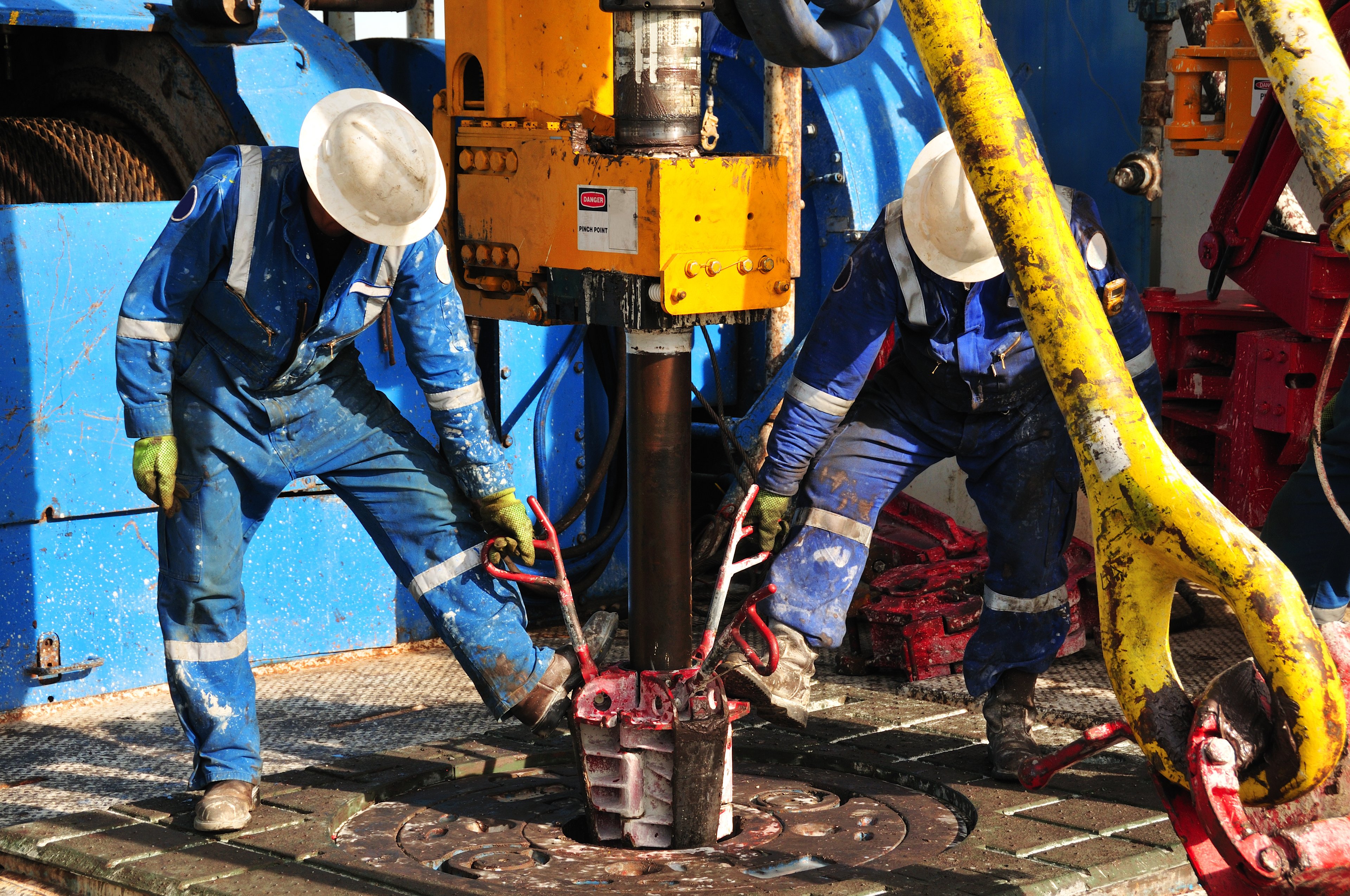This has been an interesting time for integrated oil and gas companies lately. These oil behemoths were the ones that had the capital to take on massive projects that take years to develop. With lower prices into their third year and shale emerging as a cheaper source, it is going to significantly change the investment decisions for these companies.
Perhaps it was by accident, but Chevron (CVX +0.47%) CEO John Watson made a small comment during the company's recent conference call that could have huge implications for the oil giant in the coming years. Here's a look at that and several other statements Watson made during the call investors should know more about.

Image source: Chevron.
Shale will play a huge role
Let's cut to the chase here. For a while now, Chevron has been talking about how shale drilling will play a larger role in the company's overall production mix. Almost all of its recent investor presentations have talked about how shale production specifically in the Permian would grow to about 250,000 to 350,000 barrels per day by 2020 depending on oil prices and rates of return.
When asked about Chevron's plans for capital spending in the Permian for the year, Watson talked about Chevron's advantages in the field and its slower approach to figure out the best way to attack this oil patch. What was really surprising was how much he foresees shale adding to the portfolio. Watson said, "In an overall sense, it wouldn't surprise me to see our unconventional activity be 25% of our production by the middle of the next decade."
Based on Chevron's total production of 2.6 million barrels of oil equivalent per day, we're talking about 670,000 barrels of shale production today. We can also assume that many other companies are thinking the same way as Chevron in this regard. If that is the case, then shale is going to be really big for those integrated companies with assets in the right place.
Spending levels stay tight
Part of that large push into shale will shorten the payback period for Chevron's investments. Just a few years back, Chevron was heavily invested in long-term oil and gas projects. So much so that at one point, 40% of its invested capital was in non-producing assets. According to Waston, this will change in the next few years:
In December, we announced the total capital and exploratory budget for 2017 of $19.8 billion, which is right in the middle of our $17 billion to $22 billion guidance range for the period out to 2020. Cash, capital and exploratory expenditures, which exclude affiliate spend, are expected to be $15.1 billion. Seventy percent of our expenditures in 2017 will generate cash flow within two years, reducing cash flow cycle time and financial risk.
Big production bumps coming soon
Also, it's worth noting that many of those decade-long projects are finally coming to fruition in the next year or so. Watson said that means we can expect a pretty large uptick in production for the coming year:
We expect production growth this year of 4% to 9% at $50 per barrel before asset sales. The uncertainty reflects variables such as the speed of major capital project ramp-ups, external events such as the timing of the Partitioned Zone restart and our ultimate base decline rates.
Growth comes from a number of areas. First, we expect to see full year production from projects started up in 2016, Gorgon Train 1 and 2, Chuandongbei, Angola LNG, Alder and Bangka; and we also expect to see partial year contributions for projects starting up in 2017, Gorgon Train 3, Wheatstone and Mafumeira Sul, for example.
Shale and tight production, headlined by the Permian, will also show growth as we take advantage of our valuable acreage. Base declines along with full-year 2017 impacts of sales consummated in 2016 will both reduce production. The impact of 2017 asset sales on the timing of the close of the individual transaction is one variable. Our current estimate is a reduction of 50,000 to 100,000 barrels a day.
Production growth of 4% to 9% doesn't sound like much, but keep in mind that Chevron produces 2.6 million barrels per day. That means it needs to come up with 130,000 to 260,000 barrels per day of new production on top of the hundreds of thousands of barrels per day that will be lost to natural decline.
Meeting its cash goals
For the past couple years, management has been saying that 2017 would be the year Chevron would generate enough cash flow from operations to cover its capital spending and dividend -- a feat it hasn't achieved in many years. That will involve improving per-barrel cash margins. Part of achieving that goal will be through some asset sales, which Watson said will be $5 billion to $10 billion between 2016 and 2017:
In 2016, we made good progress with $2.8 billion in proceeds as we sold assets for value that were not essential to delivering on strategy, didn't compete for capital with our current opportunity set, and were worth more to others than to us. Additional opportunities are in progress, and many will close in 2017. We expect proceeds close to the top of the guidance range.
With new assets coming online and the benefits of portfolio actions, we expect to increase cash margins. The chart on the right shows a doubling of production in the "more than $25 per barrel" category and a reduction in low-margin barrel.

Image source: Chevron investor presentation.
The lack of decline isn't just shale
As oil prices declined, there was an assumption in the industry that production would decline. While we have seen some declines, they haven't been as much as many had expected. The obvious reason for this muted decline is that shale has been able to fill in where others are dropping off. According to Waston, though, it's closer to the truth to look at how much companies have been able to manage the decline at existing conventional assets.
I think the short answer is I have been surprised at how resilient production has been in many locations around the world. Some of that is we just keep getting better. If you look at, for example, some of the deepwater developments that we and others have, I mean, we've been on plateau at Agbami for a long time, we've been on plateau in some of our Gulf of Mexico projects, and I think we and others are getting very good at extending plateaus, and technology only goes in one direction. We hear about it in the context of the shales, but the same thing is true in other conventional activities. ... Ultimately, however, you do need new major capital projects to fill the gap if you look out a few years. And we're just not seeing FIDs [final investment decisions] being taken on significant new greenfield opportunities. And so at some point, we do need -- we do expect to see, at least in the conventional area, some declines in production.






